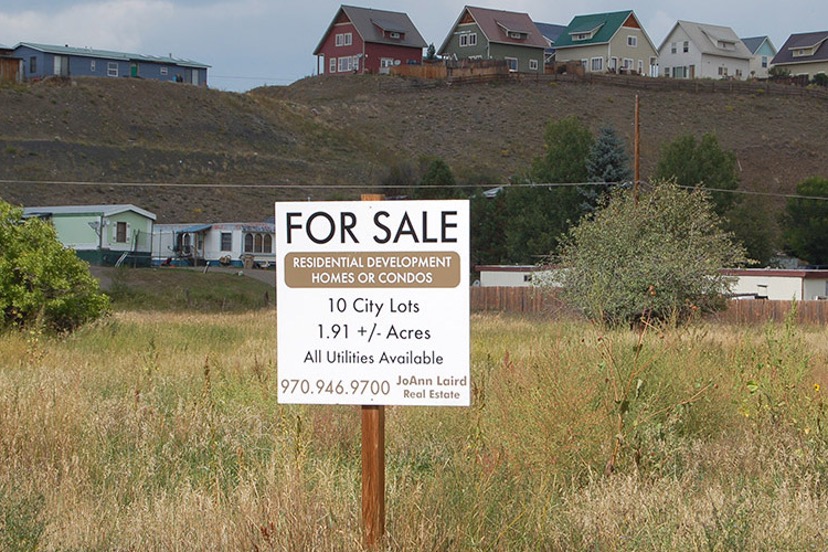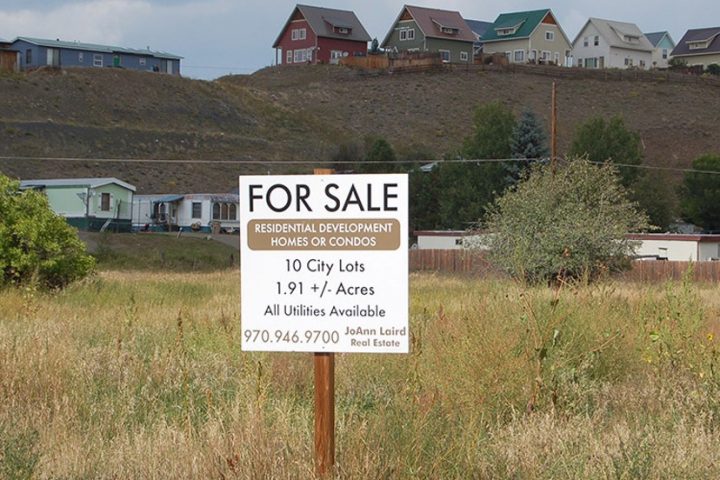We concluded Part Eight yesterday with a quote from Council member Rory Burnett, during a discussion about “simplifying” the Town of Pagosa Springs Land Use and Development Code (LUDC) —with the apparent goal of making it more “developer friendly.”
The quote read, in part:
“So instead of waiting for people to come to us, we need to go to them and say, ‘This is our Comprehensive Plan; these are all these things; this is our vision for Pagosa. These are the things you need to do, to build in our community. We need sidewalks for commercial, we need lighting. We need all these things. How can we help you?'”
The word “we” in Mr. Burnett’s comment applies to the Town Council and staff, who — acting on behalf of the taxpayers — “need” certain things to be done by developers, but who — in Mr. Burnett’s opinion — ought to be asking the developers “How can we help you?”
It would be easy to misunderstand the meaning of the word “we” because, in addition to sitting on Town Council, Mr. Burnett is the business manager for one of the largest development companies in Archuleta County — BWD, owned by Jack Searle.
The Town of Pagosa Springs has struggled somewhat, over the years, to appear friendly to developers. It has similarly struggled to keep from appearing too friendly to developers. That difficult dilemma — to eagerly welcome growth, but only the right kind of growth — is alluded to, in the Town’s updated Comprehensive Plan, officially adopted in April, 2018. (Better known in government circles as the ‘Comp Plan’.)
From that Comp Plan:
The Town’s economy and residents reveal the dual presence of the old and the new, the constant and the dynamic, in Pagosa Springs. The population is a mix of long-time residents, including an indigenous population, and newcomers. Many of these newcomers are retirees whose presence has helped diversify the local economy…
Much of the area’s growth is occurring in the uptown area, a commercial corridor home to some of the larger businesses in Pagosa Springs. An emerging economic center, uptown provides much of the Town’s sales tax base. Meanwhile, downtown remains the heart of the community as its recreation, tourism and cultural center…
Here we can easily perceive a community divided… divided between long-time residents and newcomers; between working families and retirees; between an historical rural downtown district occasionally overrun with tourists and a more modern, suburban uptown district; between those who wish to live in an urban environment and those who prefer a more suburban or rural setting.
One division that the Comp Plan completely fails to mention: the disharmony between those who want to see Pagosa to grow as quickly as possible, and those who want, most of all, to preserve the quiet, small town character that might be destroyed by growth.
One other schism is worth mentioning: the division between those who want to use taxpayer revenues to encourage growth, and those opposed to such a use. That particular sociological split is likewise glossed over by the current Comp Plan.
During the July 31 “Strategic Planning” retreat, several Town Council members, and Town Manager Andrea Phillips, suggested that the LUDC ought to be “simplified”. We also heard about the necessity of aligning the land use code with the goals in the Comp Plan.
Just like Pagosa Springs, the Town’s Comp Plan is in conflict with itself. While I was still serving on the Town Planning Commission earlier this year, the commission decided to help (or try and help) align the LUDC with the Comp Plan, and to that end, I prepared a document that included all of the goals listed in the Comp Plan, and I discovered along the way that the 2018 Comp Plan includes 363 goals that the Town government will supposedly attempt to implement over the next couple of decades.
These 363 Comp Plan goals are in addition to other objectives already encapsulated in the LUDC.
Many of these Comp Plan goals are actually in conflict with the existing LUDC goals. The existing LUDC was specifically designed to preserve the existing character of our current neighborhoods. But if you read the Comp Plan carefully — and if you try your best to understand the type of community it proposes for Pagosa Springs — you find that nearly all of the proposed goals involve changes to the community. For example:
A. Create a development environment that facilitates housing and educates the development community on housing opportunities, new regulatory changes that encourage housing and Comprehensive Plan policies that support housing projects.
B. Provide financial resources for housing: consider excise tax, use tax, dedicated sales, property, lodging tax, and/or linkage fees in collaboration with the County.
C. Encourage and support the development of 9% Low Income Housing Tax Credit rental project with fee waivers, land dedication, infrastructure costs and strong community support.
These are just three of the 363 goals proposed by the Comp Plan, a document that suggests we ought to alter the way the community has developed in the past. The Comp Plan, overall, aims at “improving” the community.
But the LUDC was written largely to prevent changes from taking place.
Curiously, the three goals mentioned above (A, B, and C) have been discussed about in Town Council meetings for at least the past 15 years, since work began on the earlier 2006 version of the Comp Plan. Only one of these three goals seems destined to be accomplished in the near future:
C. Encourage and support the development of 9% Low Income Housing Tax Credit rental project with fee waivers, land dedication, infrastructure costs and strong community support.
This goal is in the process of being addressed, but only because a completely separate bureaucracy — the Archuleta County Housing Authority (ACHA) — decided to pursue a 9% Low Income Housing Tax Credit (LIHTC) project. The other two goals have barely had their surface scratched.
(I will also note that people from all walks of life have complained to me, personally, about the location of the pending ACHA project.)
As I see it, the Town Council and staff have two really big problems to grapple with, if they intend to update — and “simplify” — the LUDC.
They need to figure out how to insert 363 Comp Plan goals into the LUDC… while “simplifying” the LUDC.
And they need to figure out whether the intent of the LUDC is to prevent Pagosa from changing… or to force it to change.


